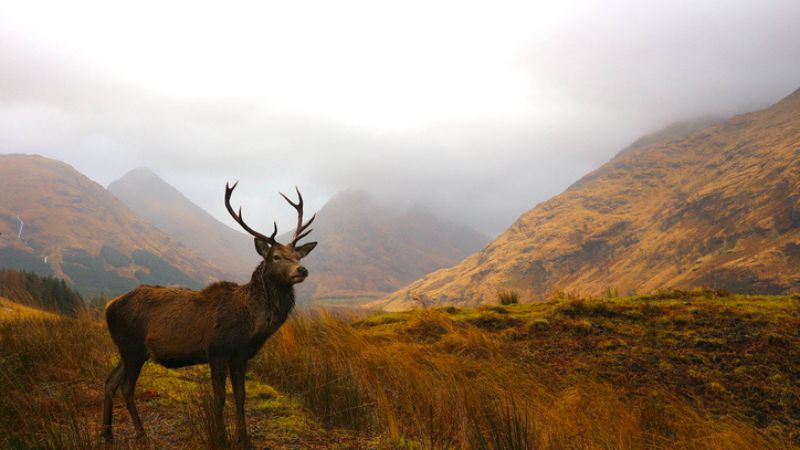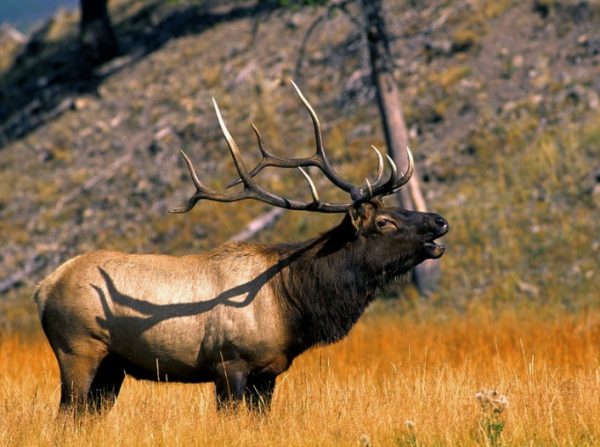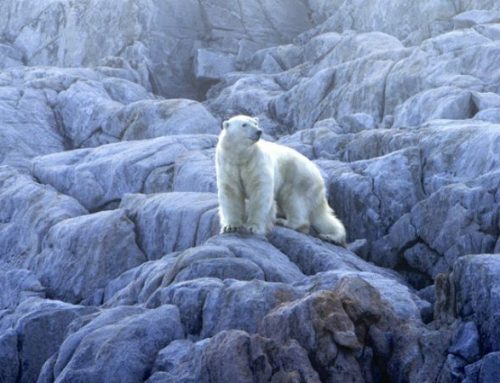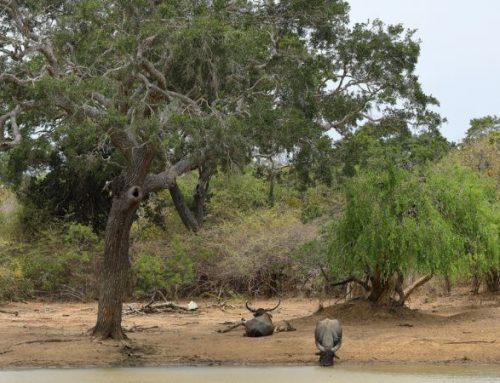European deer: There are creatures that belong not only to nature, but also to the memory of mankind. The European deer, particularly the majestic red stag, is one of them.
More than a wild animal, the European deer is an ancestral symbol of strength, elegance, and mystery. When it appears between the beech trees at sunset, its branching antlers catching the light like a crown, the world stands still. Time slows down, the heart races. In front of the king of the forest, everything falls into a more ancient order.
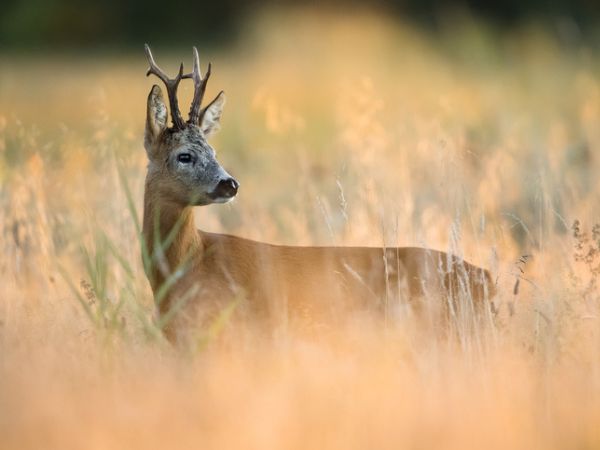
Since time immemorial, man has looked upon the European deer with reverence. In Celtic myth, it is a messenger of the gods. To medieval saints, it was a divine apparition. In bestiaries, it symbolized purity and renewal. And in the history of hunting, the European deer has always been the most coveted, the most protected, the most symbolic of all game.
To hunt the European deer has never been a trivial act.
It has always been a ritual reserved for the powerful: kings, emperors, satraps, and dictators. From the Middle Ages to the twentieth century, those who held power often sought to bend nature to their will. But the European deer – noble and elusive – does not yield easily. It requires patience. It demands respect. And ultimately, it calls for love.
The red stag: when only kings could challenge it In the Middle Ages, hunting the red stag was a royal privilege. In the forests of France, England, Germany, and Italy, the European deer was considered “the king’s game,” and to take its life without permission was an act of defiance against the crown. Poaching in royal forests was punished with mutilation or death.
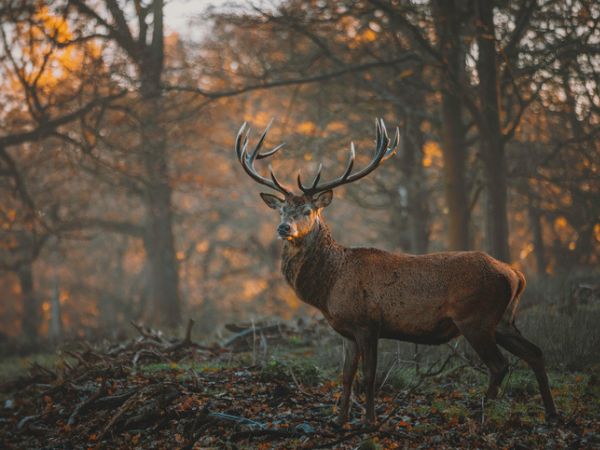
It is said that Henry II of England so loved the European deer in his forests that he banned any kind of woodcutting within his domains. Louis XIV, the Sun King, organized grand hunting processions at Versailles known as “chasse à courre,” with hundreds of horses, packs of hounds, and blaring hunting horns.
In the Holy Roman Empire, hunting trophies of the European deer became instruments of diplomacy: gifting a royal stag’s antlers to an ambassador was akin to handing over the keys of imperial trust.
In Italy too, the Este dukes and the House of Savoy protected the European deer as a precious asset. At Stupinigi, the ultimate royal hunting residence, red stag hunting became a form of scenic art, complete with choreography, uniforms, and honor codes.
Satraps, dictators, and the immortal allure of the European deer Even in more recent times, the European deer has continued to captivate men of power, becoming almost a ritual obsession. It was no longer merely about hunting; it was about affirming dominion, greatness, immortality.
Hermann Göring, Reichsmarschall of Nazi Germany, established a personal reserve in Rominten, East Prussia. He would retreat there for days, staying in luxurious wooden lodges, with the sole purpose of killing the largest European deer. It is said he killed 80 in a single year – all selected, all measured. His trophies filled entire rooms. For Göring, the European red stag was an Aryan totem of mythic power.
Nicolae Ceaușescu, the “Conducător” of communist Romania, built a myth around his image as a hunter. The Carpathian forests were closed to the public. Only he could hunt the European deer there. The finest specimens were “delivered” by forest rangers to ensure spectacular kills worthy of his vanity. His hunts were filmed and edited into propaganda documentaries. It is said he was obsessed with surpassing Göring’s antler collection in both number and size.
Marshal Tito, by contrast, had a more contemplative relationship with the European deer. In his Croatian and Slovenian forests, he would receive international guests, from Fidel Castro to Richard Nixon, and often personally guided them on solitary hunts. For Tito, the European deer was a companion in reflection, not merely a trophy. His favorite rack of 16 points was kept in the library of Belgrade.
Anatomy and symbolism of the European red stag The European deer, particularly the red stag, is one of the most majestic and iconic terrestrial animals. An adult male can weigh over 250 kg, with a powerful, elegant, muscular build. Its coat changes with the seasons: vivid russet in summer, thick and grayish in winter. Its eyes are large, black, and deep – once you meet their gaze, you never forget it.
The antlers – true “branches of power” – grow anew each year. In spring, they emerge covered in velvet. By summer, they harden and are rubbed clean against tree bark. A mature European red stag’s rack can boast 12, 14, or even 16 symmetrical points. Each tine tells a season, each curve a challenge met.
Subspecies of the European deer The European deer has adapted to various environments, resulting in several distinct subspecies:
- Alpine red stag (Cervus elaphus hippelaphus): robust, with wide, regular antlers. Found in Italy, Austria, and Switzerland.
- Iberian red stag (C. e. hispanicus): smaller, agile, suited to Spain’s dry climates.
- Danubian deer: ranging from Hungary to the Carpathians, with imposing frames and massive antlers.
- Scottish red stag (C. e. scoticus): slender, hardy, adapted to the Highlands’ winds.
- Balkan red stag: massive and elusive, found across Serbia, Slovenia, and Croatia.
Montefeltro destinations: where the European deer meets eternity With Montefeltro Hunting, hunting the European deer becomes a complete experience.
Not a mere sporting trip, but an immersion into raw nature, breathtaking landscapes, and a hunting culture built on respect, selection, and beauty.
Scotland – Isle of Bute: A magical island suspended between sky and sea, where the Scottish red stag roams through purple heather, ancient Celtic ruins, and windswept moors. Hunting here is done on foot, across hills and changing light. Each encounter is wild, pure, unforgettable.
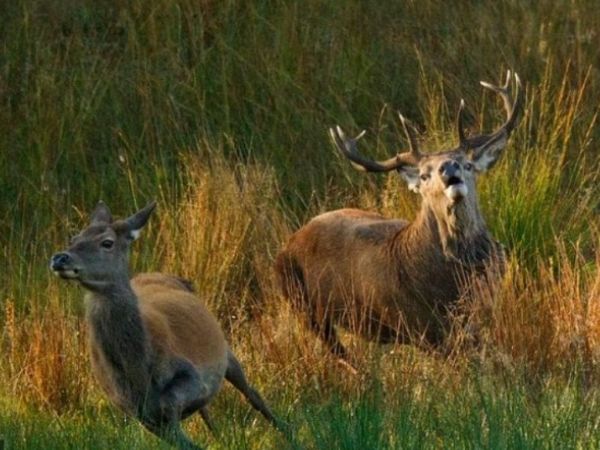
Italy – Piedmont Alps (Val Clarea and Val Maira): Here, you hunt at altitude, among deep woods and steep alpine slopes. Val Clarea, on the French border, is a suspended world: larch forests, vast silence, and valleys where European deer blend into rock and light. Val Maira is ancient and poetic, steeped in Occitan legend. You walk for hours. You watch. You wait. And when the European deer appears, it does so with solemnity.
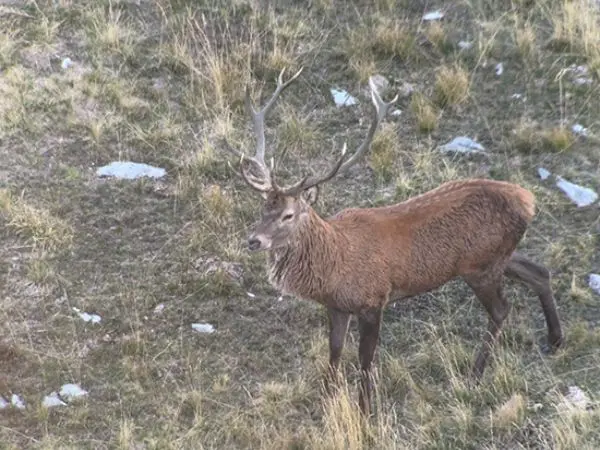
Italy – Modenese Apennines: In the heart of Emilia’s Apennines – Frassinoro, Monte Cimone, Val Dragone – the hunt is intimate, respectful, and authentic. Beech, chestnut, mist. Tracking is done on foot, in stillness. The European deer here reveals itself only to those who deserve it. It is hunted from a blind, with a steady heart and trained eye. Afterward, the warmth of the hearth and Emilian cuisine complete the enchantment.
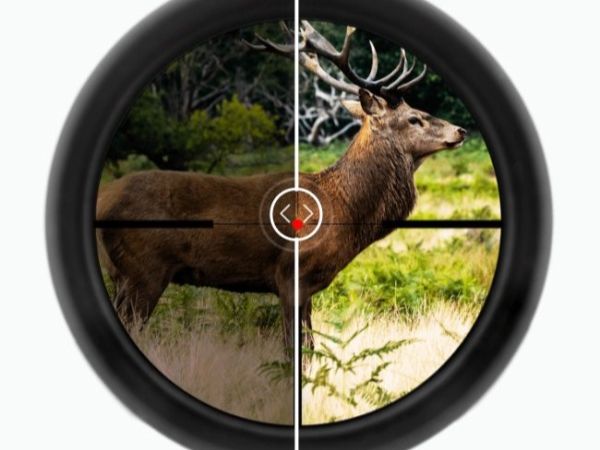
Italy – Ligurian Apennines: Cascina Emanuele Reserve Tucked away in Liguria’s hills, Cascina Emanuele is a private reserve where European deer roam freely and undisturbed. The landscape is both gentle and wild: mixed woods, clay gullies, secret springs. The hunt is refined, selective, and profoundly elegant. Perfect for those seeking depth, far from the noise of the world.
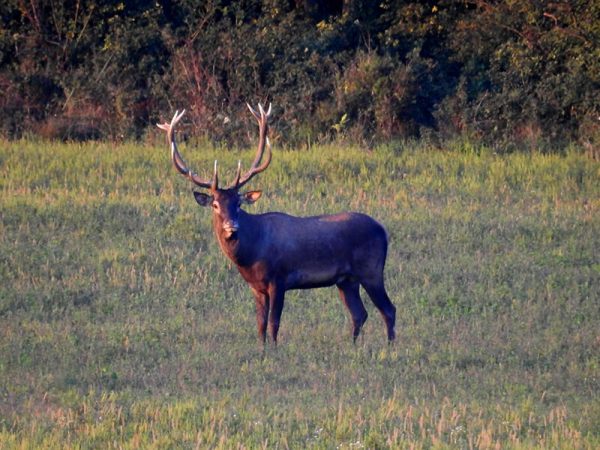
Romania – Carpathians: The Carpathian forests are legendary: vast, humid, home to wolves, bears, and giant European deer. Hunting here is a true adventure. You depart at dawn, cross rivers, climb ridges. The stag’s roar echoes through the valleys. This is a harsh, real, and powerful hunt where man rediscovers his place in nature.
Slovenia – Kočevje and Notranjska Forests: Slovenia is a model of sustainable hunting. Well-managed reserves, healthy game, enchanted landscapes. The forests of Kočevje are among Europe’s oldest. Hunting is precise, based on careful selection. Here, the European deer is honored, protected, observed. Those who hunt it do so with discipline and gratitude.
A heartbeat deep in the forest European deer hunting is one of the last true experiences. It cannot be bought. It cannot be rushed. It must be earned. And when it happens – when the deer stops in your sights, just before the breath and the shot – you feel that deep heartbeat, that sacred moment that separates man from predator.
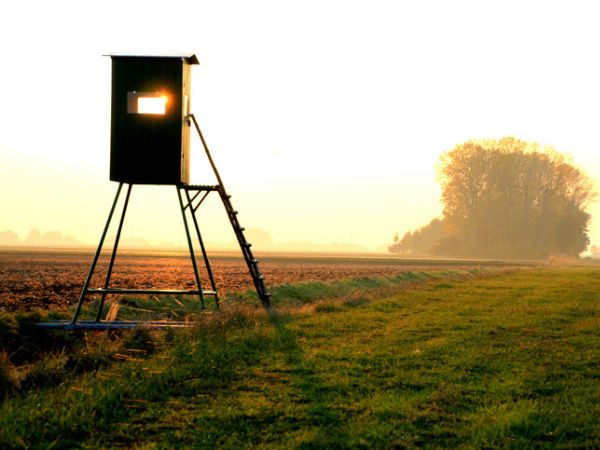
Those who hunt with Montefeltro do not seek a trophy alone. They seek a journey into the soul of the woods, an emotion that lasts forever, a lesson in silence and greatness.
Because the European deer, always, reveals itself only to those who know how to wait.

